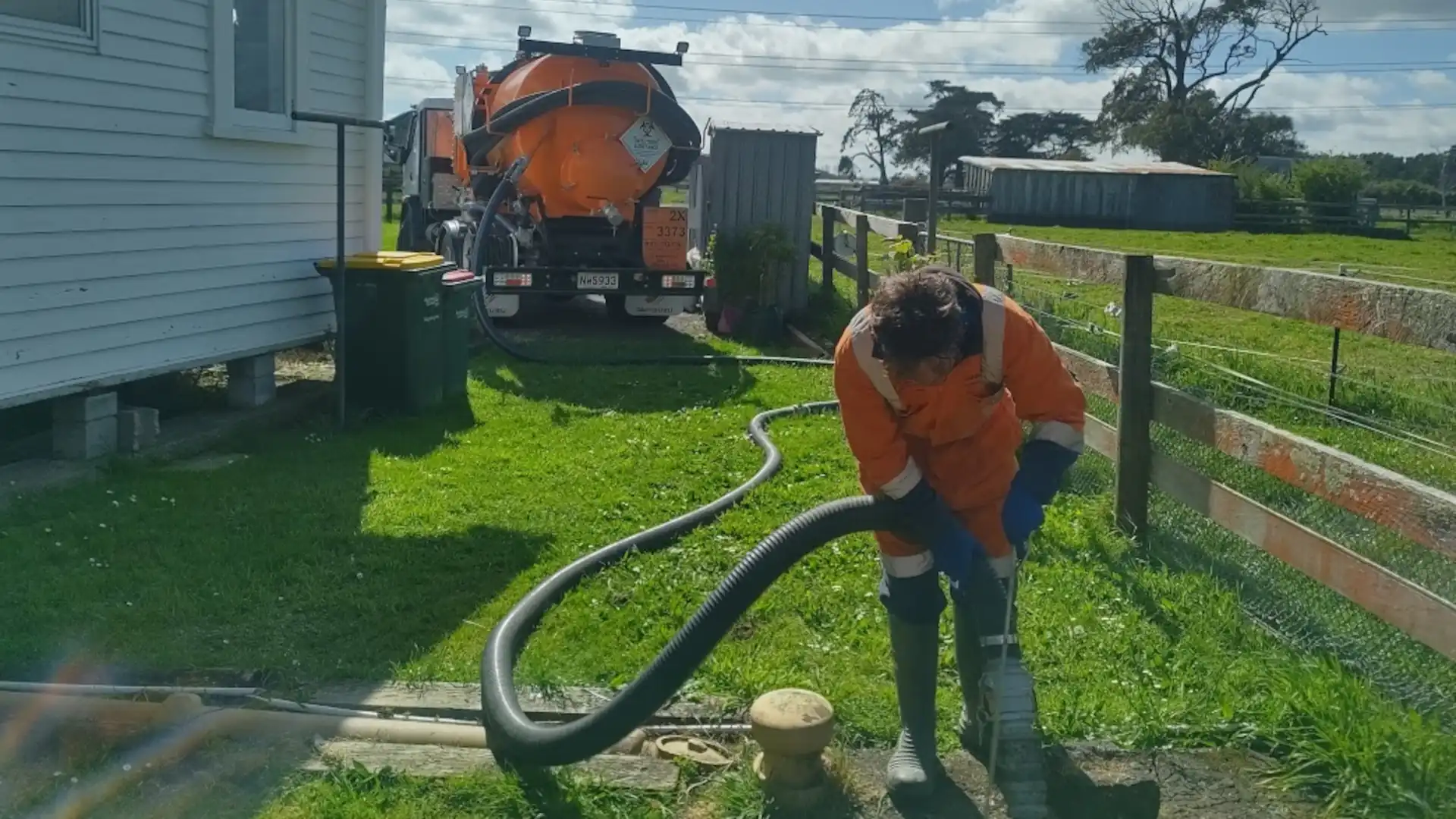Expert Liquid Waste Removal Melbourne: Rapid and Budget-friendly Providers
How Fluid Waste Disposal Functions: A Detailed Introduction of Methods and Technologies Used

Review of Fluid Waste Kind
The complexity of fluid waste kinds requires a thorough understanding of their features and effects for disposal. Liquid waste can generally be classified into numerous types, including industrial, community, farming, and contaminated materials. Each classification displays distinctive homes, calling for specific administration approaches to alleviate environmental and wellness threats.
Industrial liquid waste originates from producing procedures and frequently has a variety of pollutants, such as hefty steels, solvents, and organic compounds. Community fluid waste, largely making up wastewater from households and industrial establishments, consists of natural issue, nutrients, and virus (industrial wastewater treatment). Agricultural fluid waste, including runoff from ranches, may have fertilizers, chemicals, and animal waste, posturing threats to water quality and environments
Dangerous liquid waste is identified by its toxicity, reactivity, or possible to cause harm. Understanding these varied liquid waste types is important for establishing efficient disposal methods and making certain conformity with environmental policies.
Physical Therapy Methods

Testing is the initial step, where bigger bits and particles are gotten rid of from the liquid waste using displays or grates. This process protects downstream devices from damages and makes certain smoother procedure. Adhering to testing, sedimentation uses gravitational pressure to different solids from liquids. In sedimentation tanks, much heavier bits resolve near the bottom, forming a sludge layer, while the cleared up liquid can be additional treated.
Filtration is an additional essential approach that involves passing the fluid through permeable materials, such as sand or membrane layers, to capture smaller particles. This step enhances the quality of the liquid, making it suitable for succeeding treatment procedures.

Chemical Therapy Strategies
Chemical treatment techniques are essential for efficiently managing fluid waste, specifically in dealing with dissolved and colloidal pollutants that physical approaches may not appropriately eliminate. These techniques make use of various chemical representatives to counteract, precipitate, or transform harmful compounds into less dangerous kinds.
One typical approach is coagulation and flocculation, where chemicals such as alum or ferric chloride are contributed to advertise the gathering of put on hold bits. This procedure enhances sedimentation, permitting less complicated removal of the resulting sludge. Furthermore, oxidation procedures, employing agents like chlorine or ozone, are used to break down complicated organic substances and pathogens, rendering the waste much safer for discharge or more treatment.
Neutralization is one more essential method, which readjusts the pH of acidic or alkaline waste streams to neutral degrees, stopping potential injury to downstream systems and the atmosphere. In addition, advanced oxidation processes (AOPs) make use of combinations of oxidants and ultraviolet light to break down consistent toxins, accomplishing a higher level of therapy efficiency.
Biological Treatment Processes
Organic therapy processes play a critical function in the monitoring of liquid waste by making use of bacteria to disintegrate organic issue and decrease pollutant levels. These processes can be generally categorized into cardiovascular and anaerobic treatments, each employing particular microbial areas to attain efficient waste deterioration.
Aerobic treatment entails using oxygen to help with the breakdown of natural products by germs. This procedure is typically carried out in turned on sludge systems, where aeration containers supply a conducive atmosphere for microbial growth, bring about the oxidation of natural pollutants. The resultant biomass can be divided from treated effluent via sedimentation.
On the other hand, anaerobic treatment happens in the lack of oxygen, counting on different microorganisms to damage down natural issue. This method is particularly helpful for high-strength waste, as it creates biogas, a renewable resource source, while lowering sludge manufacturing. Technologies such as anaerobic digesters are often utilized in commercial and metropolitan applications.
Both anaerobic and cardio organic treatments not only reduce the ecological impact of liquid waste however additionally promote source recuperation, making them vital components of sustainable waste administration techniques. Their adaptability, effectiveness, and efficiency sustain their extensive implementation throughout numerous sectors.
Arising Technologies in Disposal
Innovative strategies to best site liquid waste disposal are quickly evolving, driven by innovations in innovation and an enhancing emphasis on sustainability. Among these arising innovations, membrane bioreactors (MBRs) have gained traction for their capacity to integrate biological therapy with membrane purification, leading to top notch effluent that can be reused in different applications. MBRs allow smaller footprints and more effective operations compared to standard systems.
Another appealing development is making use of anaerobic digestion integrated with nutrient recovery technologies, which not just deals with liquid waste yet additionally produces biogas and recoups important nutrients like nitrogen and phosphorus. This twin benefit enhances source performance and minimizes environmental effect.
Furthermore, progressed oxidation processes (AOPs) are being taken on for the deterioration of intricate natural pollutants. These methods utilize effective oxidants and catalysts to break down impurities Web Site at the molecular level, using a highly effective option for challenging waste streams.
Additionally, the combination of fabricated intelligence and equipment understanding in waste administration systems is enhancing operational performance and predictive upkeep, causing minimized costs and improved environmental conformity. These innovations show a significant change towards even more lasting and efficient liquid garbage disposal practices.
Verdict
In verdict, reliable liquid waste disposal requires an extensive understanding of different strategies and technologies. By continuously progressing these methods, it becomes possible to address the growing obstacles associated with fluid waste, eventually adding to environmental security and source recovery.
Liquid waste disposal is a vital element of ecological administration, needing a thorough understanding of various methods and modern technologies customized to various waste kinds. Fluid waste can generally be classified right into numerous kinds, consisting of industrial, local, farming, and harmful waste. Agricultural fluid waste, including overflow from farms, may include fertilizers, chemicals, and pet waste, posturing threats to water top quality and ecosystems.
Numerous physical therapy methods play an important function in taking care of fluid waste successfully - industrial wastewater treatment.In you could try here final thought, efficient fluid waste disposal requires an extensive understanding of different methods and innovations